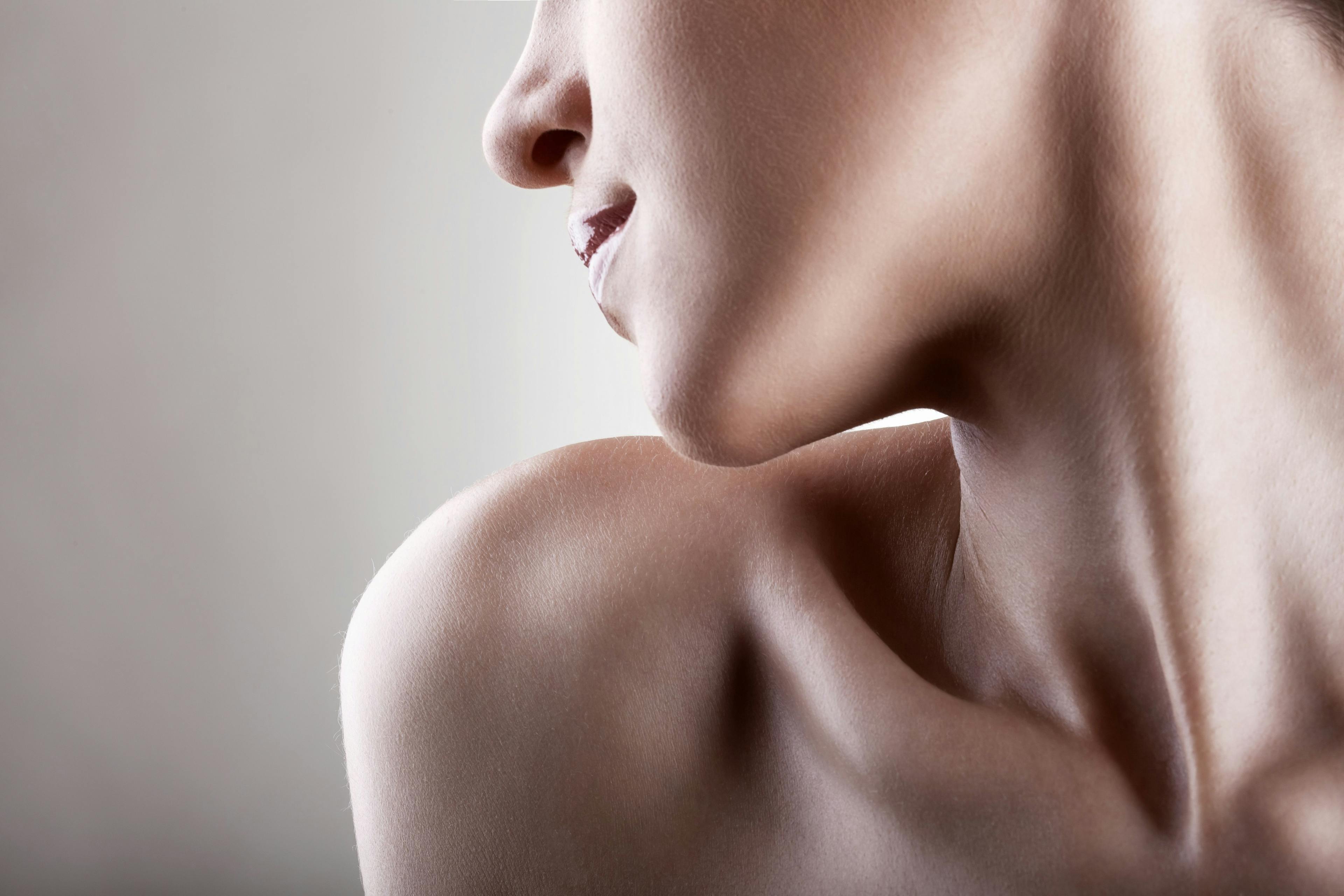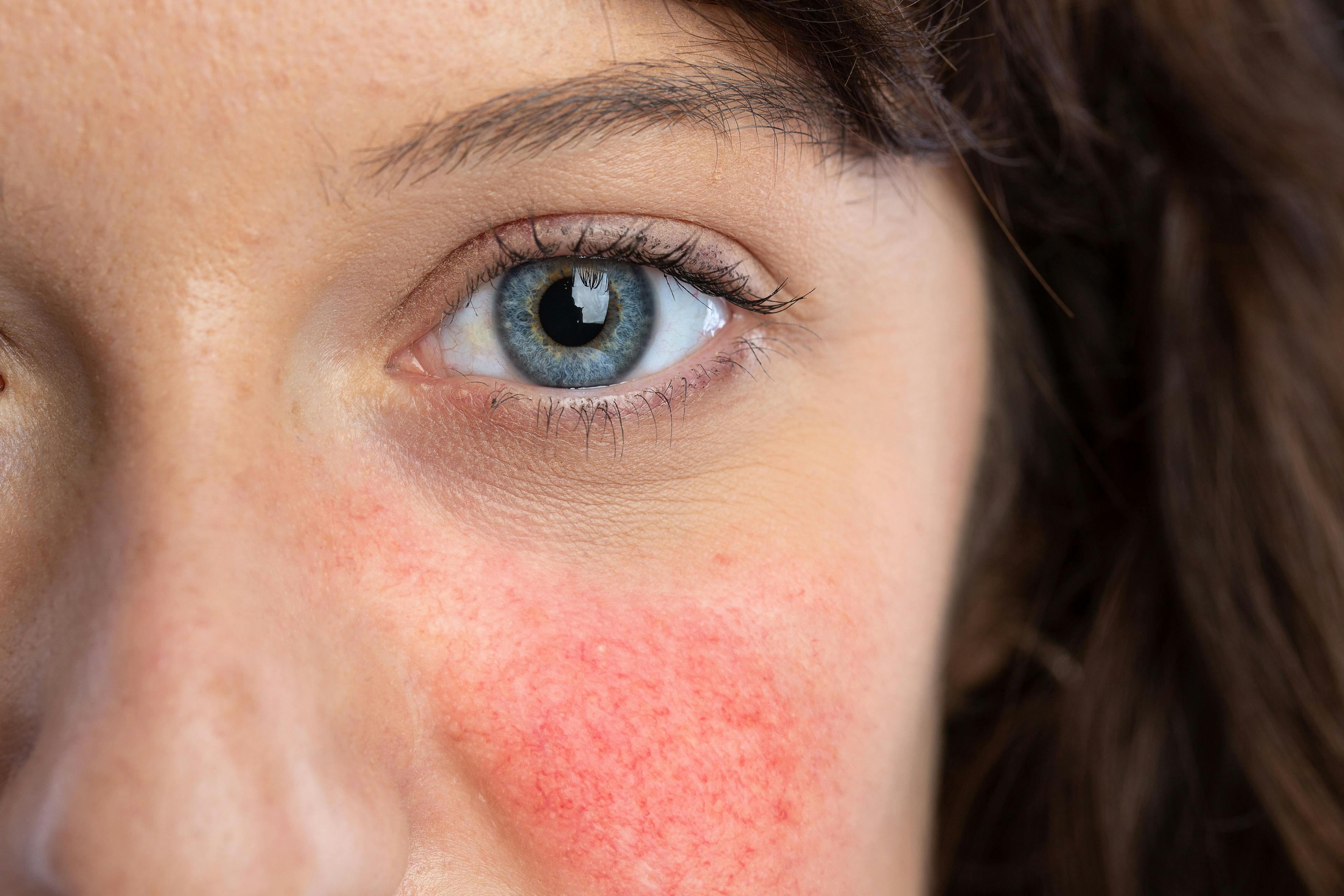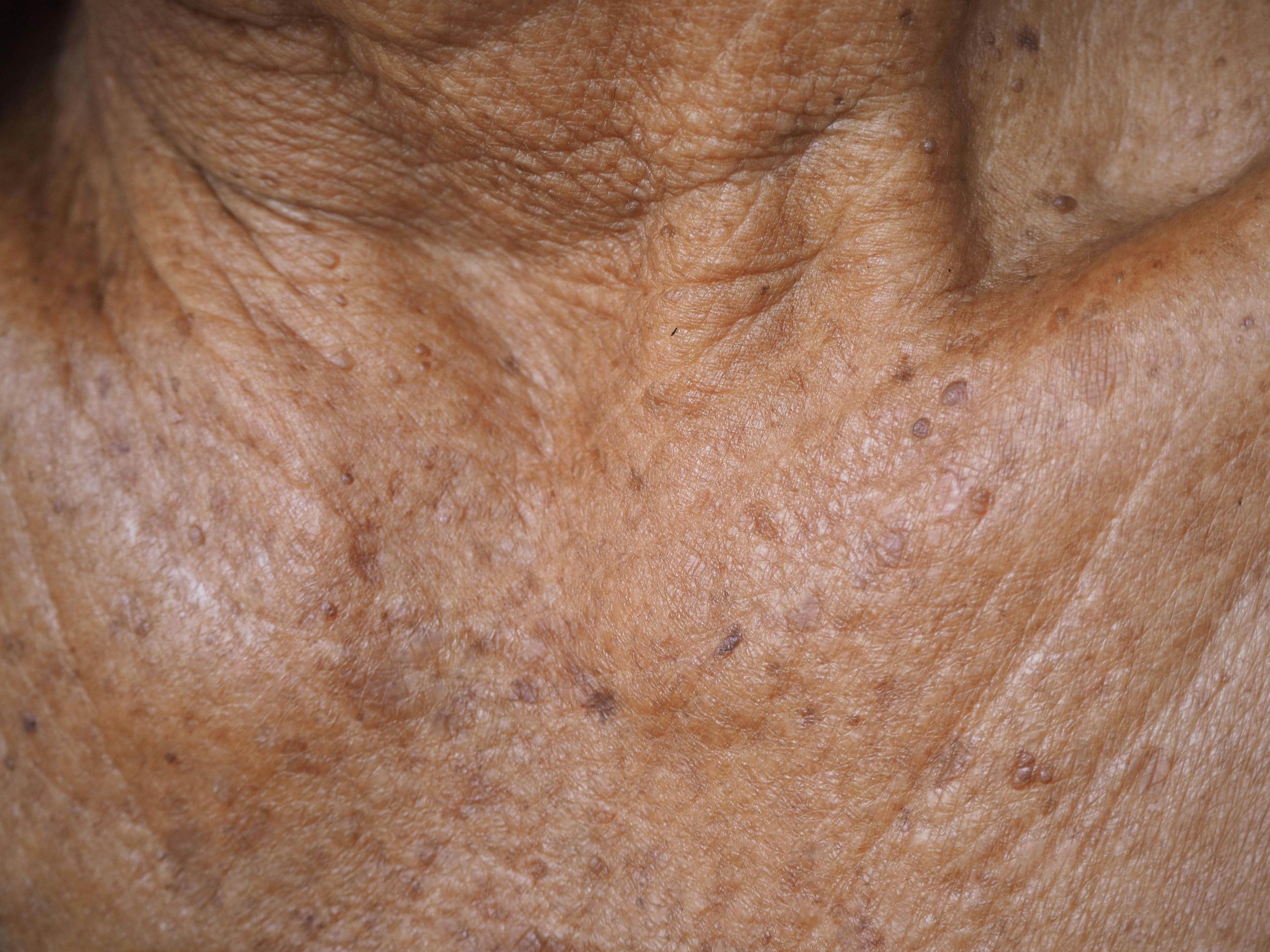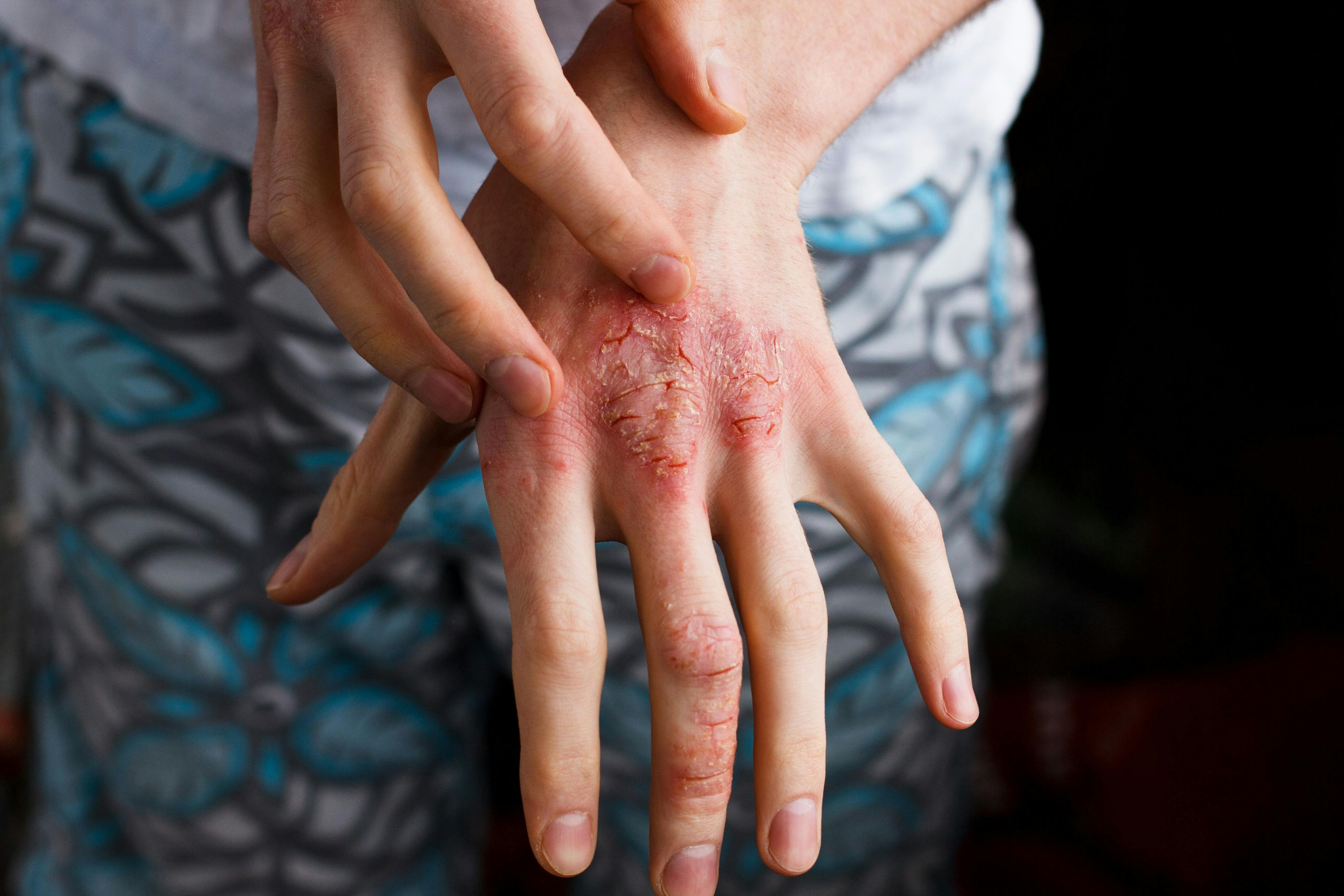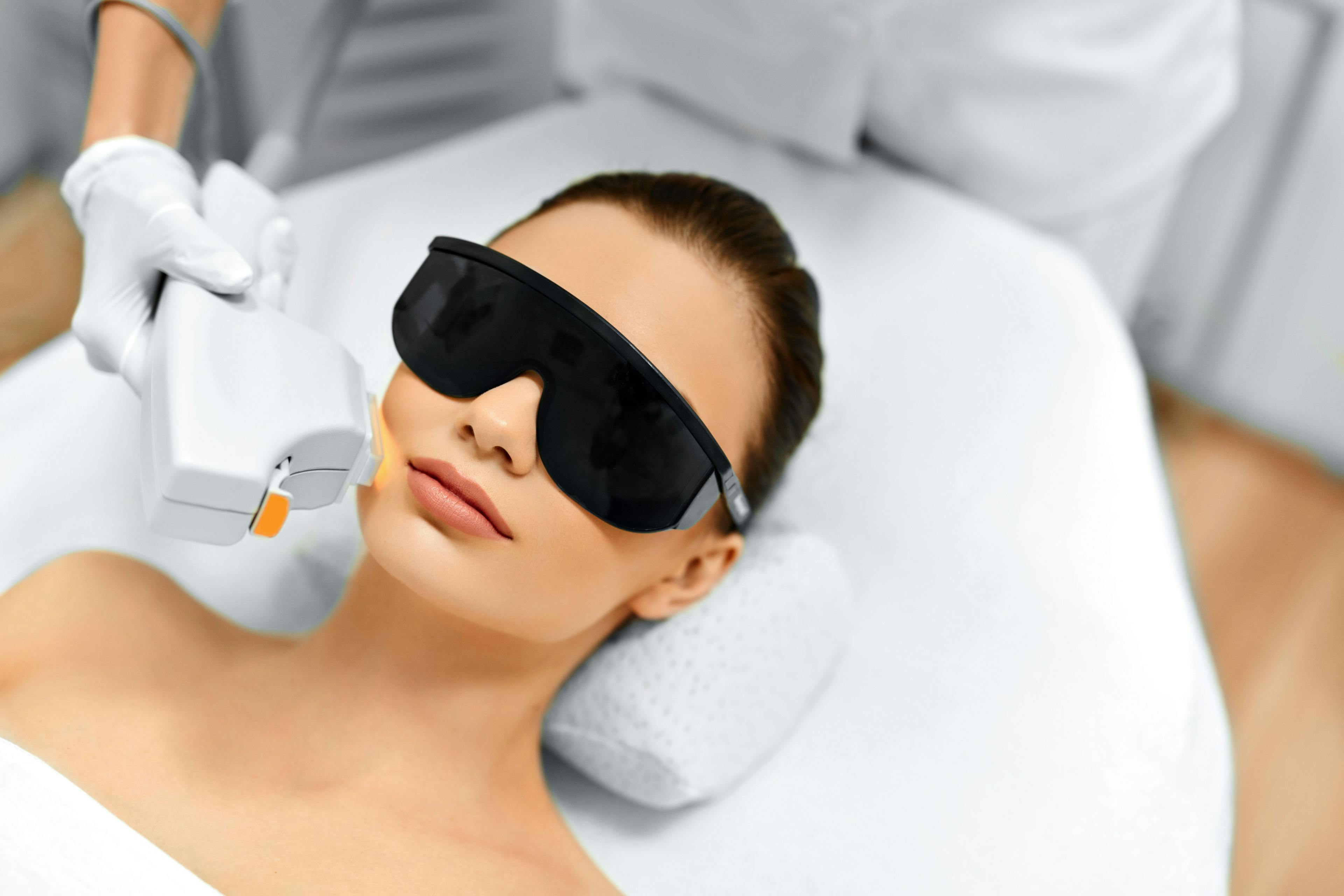- Acne
- Actinic Keratosis
- Aesthetics
- Alopecia
- Atopic Dermatitis
- Buy-and-Bill
- COVID-19
- Case-Based Roundtable
- Chronic Hand Eczema
- Chronic Spontaneous Urticaria
- Drug Watch
- Eczema
- General Dermatology
- Hidradenitis Suppurativa
- Melasma
- NP and PA
- Pediatric Dermatology
- Pigmentary Disorders
- Practice Management
- Precision Medicine and Biologics
- Prurigo Nodularis
- Psoriasis
- Psoriatic Arthritis
- Rare Disease
- Rosacea
- Skin Cancer
- Vitiligo
- Wound Care
Publication
Article
Dermatology Times
Management of Scarring Alopecia
Author(s):
In his presentation at Maui Derm NP+PA Fall 2021, Jerry Shapiro, MD, FAAD, shared his treatment protocols for lupus erythematosus, lichen planopilaris, folliculitis decalvans, and dissecting cellulitis.
The permanent hair loss and scarring caused by certain alopecias can be distressing for patients and difficult to treat. In his presentation on hair disorders at the Maui Derm NP + PA Fall 2021 conference, Jerry Shapiro, MD, FAAD, professor and director of disorders of hair and scalp at the Ronald O. Perelman Department of Dermatology at NYU Langone Health in New York, New York, highlighted the differences in scarring alopecias.1 He also detailed his approaches to treating 4 main types of the disorder.
Shapiro described scarring alopecias as a group of disorders characterized by a final common pathway of replacement of follicular structure by fibrous tissue, loss of follicular ostia, and obliteration of the hair follicle. Within this group, primary cicatricial alopecias involve preferential destruction of follicular epithelium, sparing the interfollicular dermis.
Shapiro shared his treatment protocols for lupus erythematosus, lichen planopilaris, folliculitis decalvans, and dissecting cellulitis.
LUPUS ERYTHEMATOSUS
For patients with less than 10% lupus erythematosus coverage, he prescribes an ultrapotent topical steroid and sometimes adds a monthly injection of intralesional triamcinolone acetonide (IL-TAC). If no improvement is seen, he prescribes a twice-daily regimen of hydroxychloroquine; isotretinoin; or tacrolimus 0.3%, corticosteroid, and 5% minoxidil solution (TCM).
For those with coverage of 10% or more, he recommends using hydroxychloroquine 200 mg twice daily, potentially adding an ultrapotent topical steroid, IL-TAC, or prednisone. With improvement, he tapers the dosage to the lowest effective level. If no improvement is seen, Shapiro prescribes either isotretinoin or TCM.
LICHEN PLANOPILARIS
Treatment for a patient experiencing less than 10% extent of lichen planopilaris involves IL-TAC 10 mg/mL monthly plus TCM twice daily. If no improvement is seen, the treatment moves to the regimen prescribed for an extent of 10% or more: monthly IL-TAC 10 mg/mL, twice-daily TCM, and twice-daily doxycycline 100 mg or hydroxychloroquine 100 mg.
If a patient stabilizes after 3 to 6 months, taper to the lowest effective dose, he advised. If the condition has worsened, he adds pioglitazone 15 mg per day and, perhaps, naltrexone 3 mg per day.
For patients who fail these treatments, Shapiro said, more options include mycophenolate mofetil, methotrexate, cyclosporine, low-dose isotretinoin, and Janus kinase inhibitors. For rapidly progressive lichen planopilaris, he recommended a first-line treatment of oral prednisone.
FOLLICULITIS DECALVANS
When treating folliculitis decalvans, Shapiro starts patients on cephalexin 500 mg 4 times daily and doxycycline 100 mg twice daily, possibly including IL-TAC monthly and mupirocin cream.
When cases improve, he tapers the dosage as much as possible and adds mupirocin cream if it is not already part of the regimen. However, if there is no improvement, he prescribes rifampicin 300 mg and clindamycin 300 mg, both twice daily, or ciprofloxacin 500 mg twice daily and mupirocin cream. Improvement at this point supports tapering the dos- age to the lowest effective level.
If there is still no improvement, Shapiro repeats the course. If remission is not sustained, he recommended using fusidic acid 500 mg 3 times daily and zinc 15 mg once daily.
DISSECTING CELLULITIS
Dissecting cellulitis treatment regimens include isotretinoin 0.5 to 1 mg/kg, with a possible addition of IL-TAC monthly, for 4 months. If improvement is seen, Shapiro continues isotretinoin for an additional 5 to 7 months; otherwise, he prescribes cephalexin 500 mg 4 times daily or doxycycline 100 mg twice daily and incisional drainage.
Reference:
1. Shapiro J. Hair Disorders Update 2021. Session presented at: Maui Derm NP+PA Fall 2021 conference Program; October 1, 2021; Accessed October 1, 2021. Asheville, North Carolina.
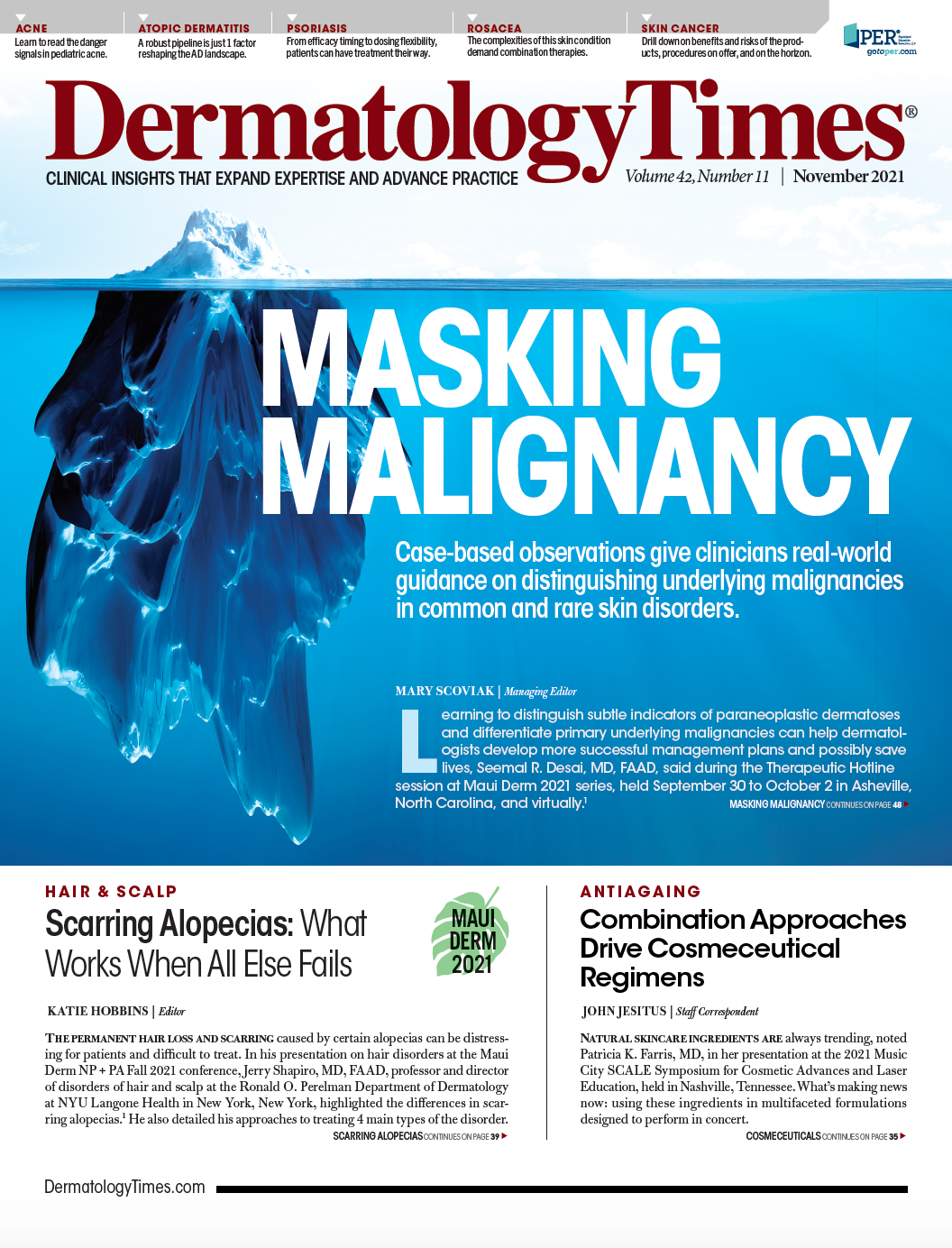
Newsletter
Like what you’re reading? Subscribe to Dermatology Times for weekly updates on therapies, innovations, and real-world practice tips.





